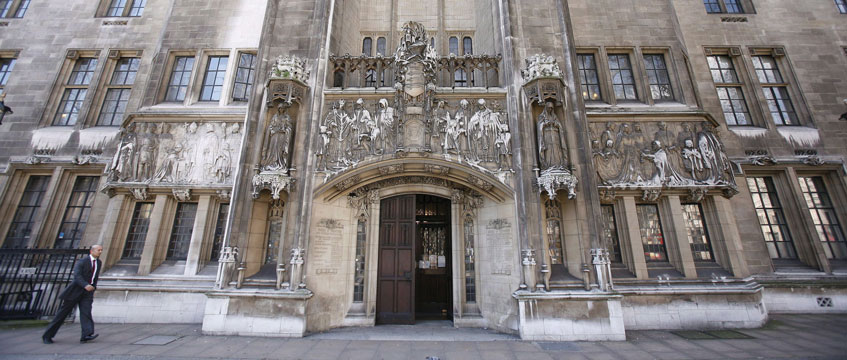The Supreme Court has dealt a blow to landlords who use special purpose vehicles to reduce their liability for business rates.
Owners of vacant commercial property are usually liable to pay non domestic rates three to six months after the building becomes empty, to encourage them to let the property rather than leave it vacant.
However, this is often managed by a process in which the landlord sets up a special company with no assets (an SPV), leases the property to that company, and then liquidates the company.
This means that the SPV is classed as the owner, not the landlord. When liquidated it becomes no longer liable for business rates and, as it has no assets, local authorities have little chance of extracting any rates that have already been charged.
This situation has already been the subject of much litigation brought by local authorities keen to charge tax. In the past they have challenged the nature of the SPVs, saying they are a “sham”.
However, an earlier ruling found that the SPVs were not “shams” because they had a purpose.
Definition of “owner”
Now, lawyers for the local authorities have successfully attacked the scheme by casting into doubt the definition of “owner”.
Usually the “owner” of a property is “the person entitled to possession of it”.
However, in today’s ruling, Lord Justices Briggs and Leggatt said that “in the unusual circumstance of this case” transferring the property to the SPV might not make the SPV the “owner”, and therefore might not transfer liability for the tax away from the landlord.
“The schemes were designed in such a way as to ensure that the SPV to which a lease was granted had no real or practical control over whether the property was occupied or not and that such control remained at all times with the landlord,” they said.
They said that when parliament passed the law allowing a business rate payment holiday, lawmakers “cannot sensibly be taken to have intended that ‘the person entitled to possession’ of an unoccupied property on which the liability for rates is imposed should encompass a company which has no real or practical ability to exercise its legal right to possession and on which that legal right has been conferred for no purpose other than the avoidance of liability for rates”.
Therefore, they said they had “little difficulty” in concluding that the SPV did not become “entitled to possession” and therefore the landlord was still liable.
“You only needed to listen to the way Lord Briggs said “an avoidance scheme” in delivering the summary of the decision this morning to know this was not going to be a win for the ratepayers,” said Roger Cohen, a commercial real estate expert at Bryan Cave Leighton Paisner.
The upshot is that a lease to an SPV which had no assets with which to pay empty rates is disregarded in identifying the owner who is liable.
“Owners of empty property will be intrigued to hear Lord Briggs say that empty rates were introduced to encourage them to bring premises back into use,” said Cohen.
“The court interpreted the legislation so as to support the incentive purpose of empty rates.”
Even so, the ruling does not entirely stop landlords from mitigating business rates, said Cohen. “It means that the options for owners seeking to avoid this tax on failure are more limited than previous decisions might have suggested.
“And so the case for reform of unoccupied rates becomes even stronger,” he said.
What happens now?
Even though the local authorities have won their point in the highest court in the UK, the case is far from over.
The case was brought by Rossendale Borough Council and Wigan Council against a group of landlords. The landlords applied to the High Court to have the case struck out, claiming the process was legally sound. And the issue was appealed all the way to the top.
Now the case will go back to the High Court to be tried on its facts.
Meanwhile, local authorities are likely to start re-examining rates mitigation schemes that they had previously thought passed the existing legal tests.
“Billing authorities will now be expected to challenge all leases put in place to secure rates mitigation, where there is no actual occupation by the tenant and no intention/ability to occupy,” said Martin Dawbney, a lawyer at Town Legal.
Joseph Green, an associate at Charles Russell Speechlys, agreed. The ruling, he said,”will cause considerable concern to landowners utilising this type of business rates mitigation scheme”.
“Companies using these types of schemes to mitigate their business rates liability on empty properties will now be seriously considering the likelihood of having to pay business rates,” he added.
Chris Perrin, a partner at Addleshaw Goddard who advised one of the landlord groups in the case, sounded a note of caution, saying that the decision could have “far reaching consequences for property law generally and the established principles of ‘possession’ and ‘occupation’.”
To send feedback, e-mail newsdesk@eg.co.uk or tweet @EGPropertyNews











